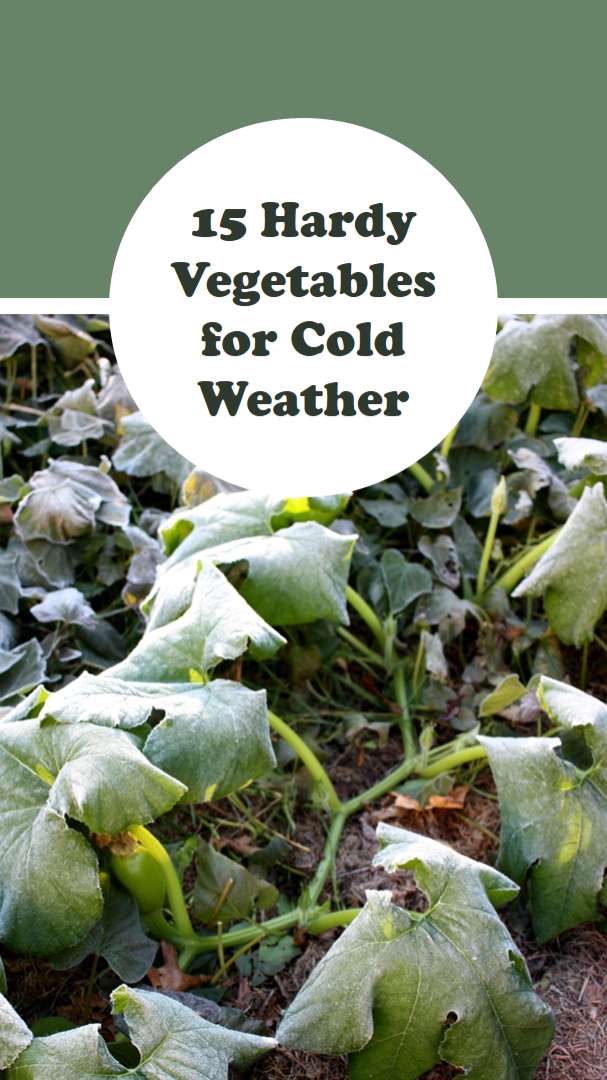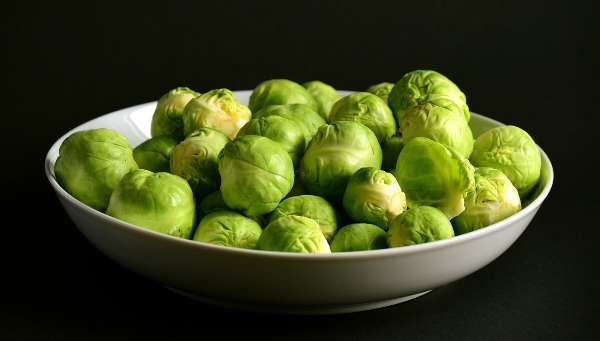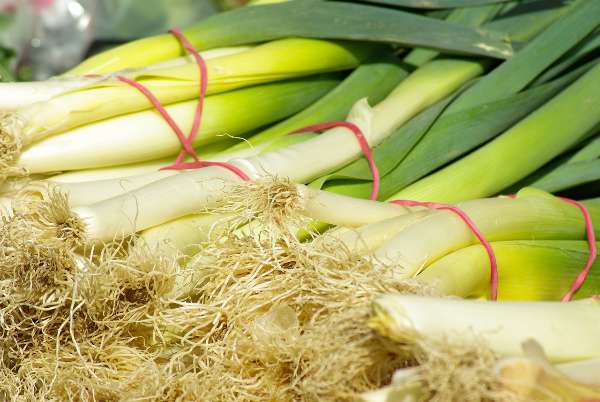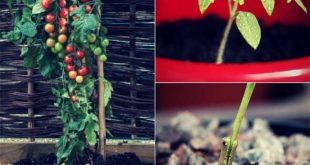15 Hardy Vegetables That Thrive in Cold Temperatures

Gardening in cold temperatures might seem challenging, but it’s a rewarding endeavor that allows for a variety of vegetables to flourish. While many plants struggle in frosty conditions, there exists a resilient array of vegetables that not only survive but thrive in the chill.
These hardy plants withstand the cold, providing fresh produce even when the mercury drops. Here’s a guide to fifteen vegetables that are robust enough to withstand low temperatures and a few tips for successfully growing them in colder climates.
1. Kale: Kale is a cold-hardy leafy green that becomes sweeter after frost. It’s packed with nutrients, including vitamins A, C, and K, making it a nutritious addition to winter meals. Varieties like ‘Winterbor’ and ‘Lacinato’ are particularly cold-tolerant.

2. Spinach: Spinach is another cold-loving green that grows well in cooler temperatures. It’s quick to mature and can be harvested repeatedly. Look for varieties such as ‘Bloomsdale’ or ‘Tyee’ for better cold tolerance.
3. Carrots: Carrots are root vegetables that can handle frost. Their sweetness intensifies after exposure to cold weather. Varieties like ‘Nantes’ and ‘Chantenay’ are known for their cold resistance.

4. Radishes: Fast-growing radishes thrive in cooler conditions and can even withstand light frost. They’re perfect for early spring or late fall planting, with varieties like ‘Cherry Belle’ or ‘French Breakfast’ being popular choices.
5. Beets: Beets tolerate cold temperatures well and continue to grow in chilly climates. Varieties such as ‘Detroit Dark Red’ and ‘Bulls Blood’ are excellent choices for cold-resistant beets.
6. Brussels Sprouts: Brussels sprouts are a member of the cabbage family and are remarkably cold-hardy. They benefit from exposure to frost, becoming sweeter. Varieties like ‘Long Island Improved’ are suitable for colder climates.

7. Cabbage: Cabbage is a reliable cold-weather crop that can withstand frost and even snow. Varieties like ‘January King’ and ‘Savoy Perfection’ are well-suited for winter harvests.
8. Parsnips: Parsnips develop a sweeter taste after experiencing frost and are excellent cold-tolerant root vegetables. Varieties like ‘Hollow Crown’ are commonly grown in colder regions.
9. Turnips: Turnips are cool-season crops that thrive in cold temperatures. They’re versatile and can be harvested young for tender roots or later for greens. Varieties like ‘Purple Top White Globe’ are well-suited for cold climates.
10. Swiss Chard: Swiss chard is a robust leafy green that can endure frosty conditions. Its colorful stems and nutritious leaves make it an attractive addition to winter gardens.
11. Leeks: Leeks are resilient, cold-hardy vegetables that can withstand freezing temperatures. They have a milder taste than onions and are a staple in many cold-weather cuisines.

12. Arugula: Arugula is a peppery green that thrives in cool weather. It’s fast-growing and can tolerate frost, providing a flavorful addition to salads and dishes.
13. Kohlrabi: Kohlrabi is a member of the cabbage family that forms a bulb above ground. It’s tolerant of cold weather and offers a crisp, slightly sweet flavor.
14. Mustard Greens: Mustard greens are quick-growing leafy vegetables that thrive in cooler temperatures. They add a zesty flavor to salads and cooked dishes, and some varieties are particularly cold-resistant.
15. Garlic: Garlic is planted in the fall and establishes strong roots before winter. It requires cold temperatures to produce bulbs, making it a perfect choice for cold climates.

Tips for Growing in Cold Temperatures:
- Select Suitable Varieties: Choose vegetable varieties specifically bred for cold tolerance in your region.
- Start Early or Late: Plant cold-hardy vegetables early in spring or late in summer for a fall/winter harvest.
- Protect with Mulch or Covers: Use mulch or row covers to shield plants from severe cold and frost damage.
- Provide Adequate Water: Even in colder weather, plants need consistent moisture, so water regularly.
- Rotate Crops: Rotate your crops annually to prevent disease buildup and maximize soil nutrients.
By selecting these hardy vegetables and implementing the right growing techniques, you can enjoy a bountiful harvest even in the coldest of climates. With a bit of planning and care, your winter garden can flourish, providing fresh and nutritious produce throughout the chilly months.
 Home and Gardening Ideas At home and Gardening ideas we believe inspiring readers about homesteading, self sufficiency
Home and Gardening Ideas At home and Gardening ideas we believe inspiring readers about homesteading, self sufficiency





